Hidden Treasures at La Posta Vecchia
Hidden Treasures at La Posta Vecchia
Discover the artistic gems woven into the villa’s walls, suites, and history
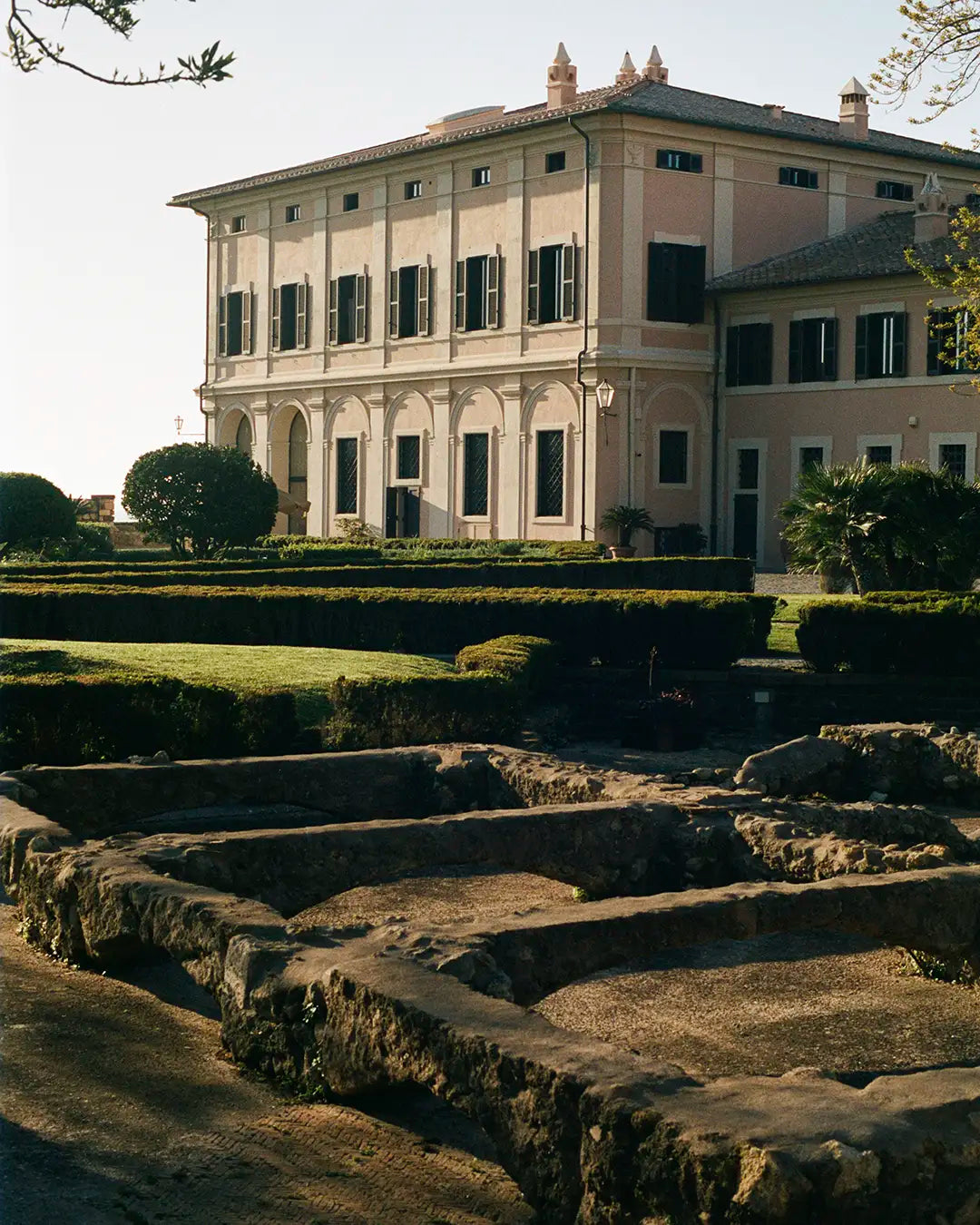

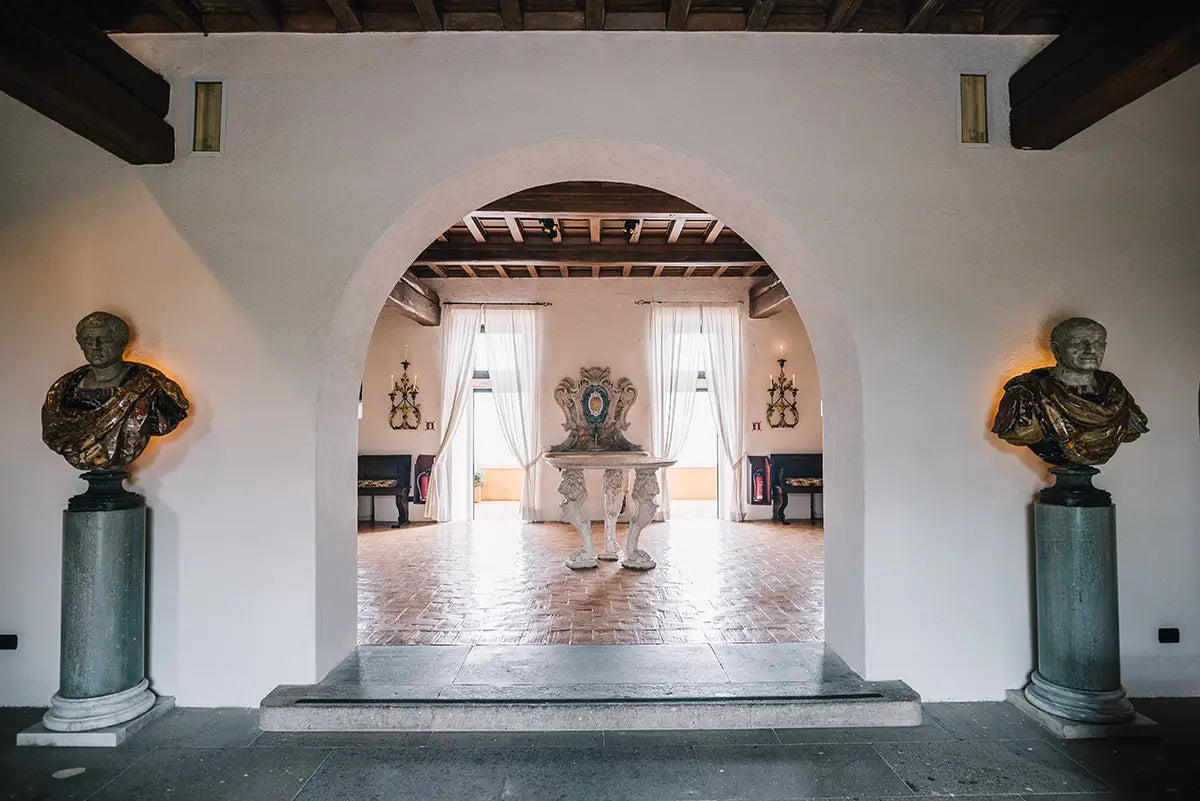
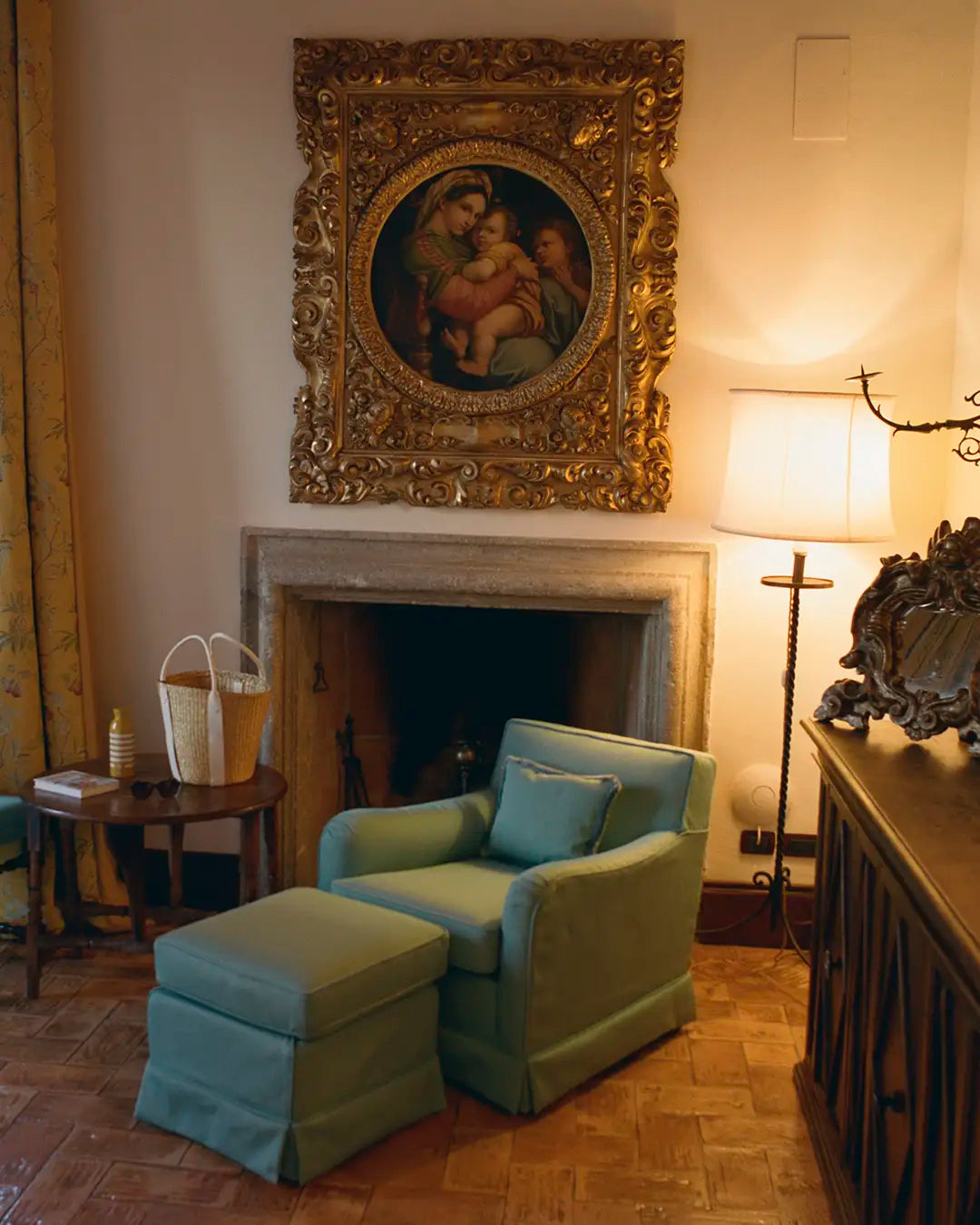
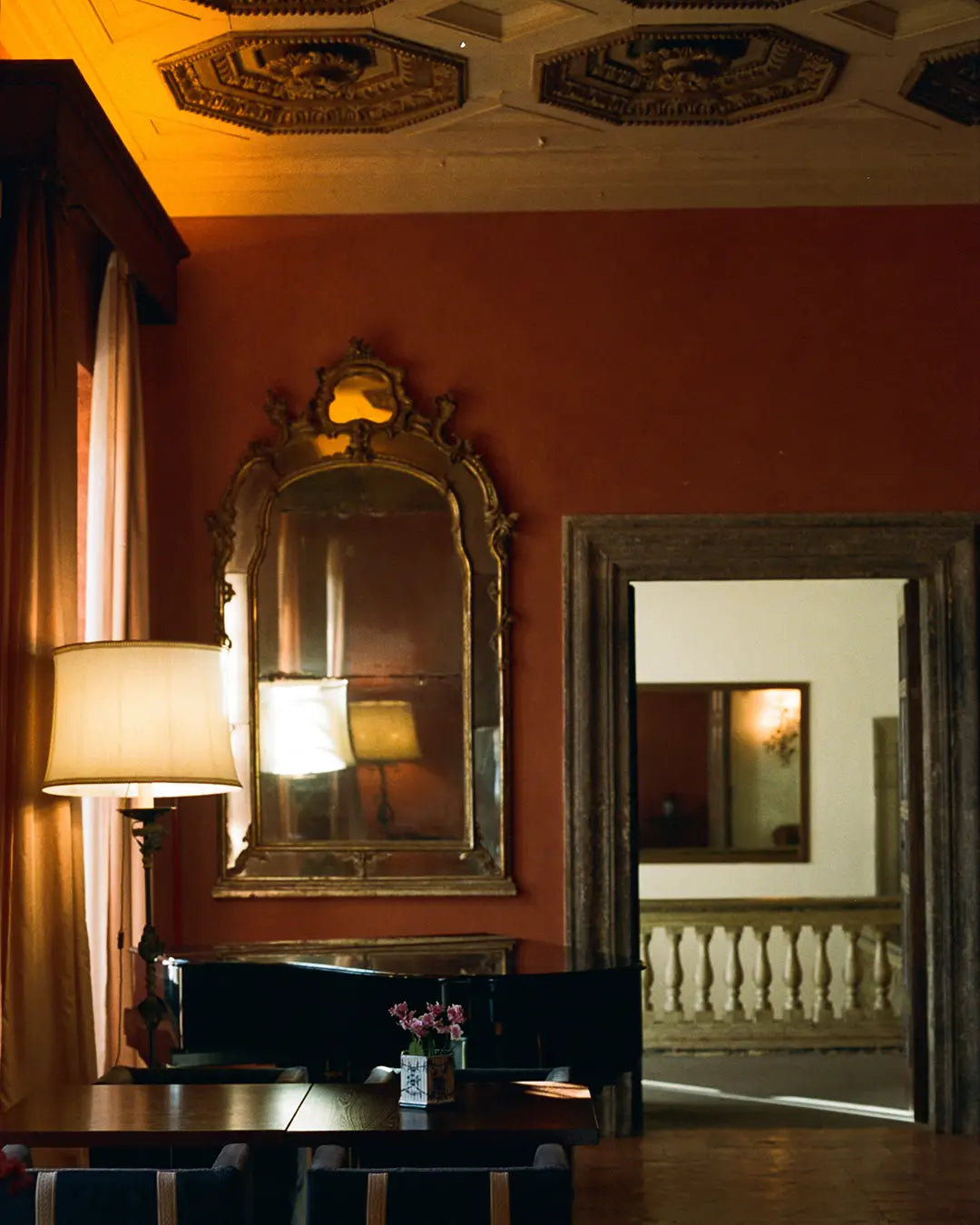
Bedrooms, too, are repositories of history.
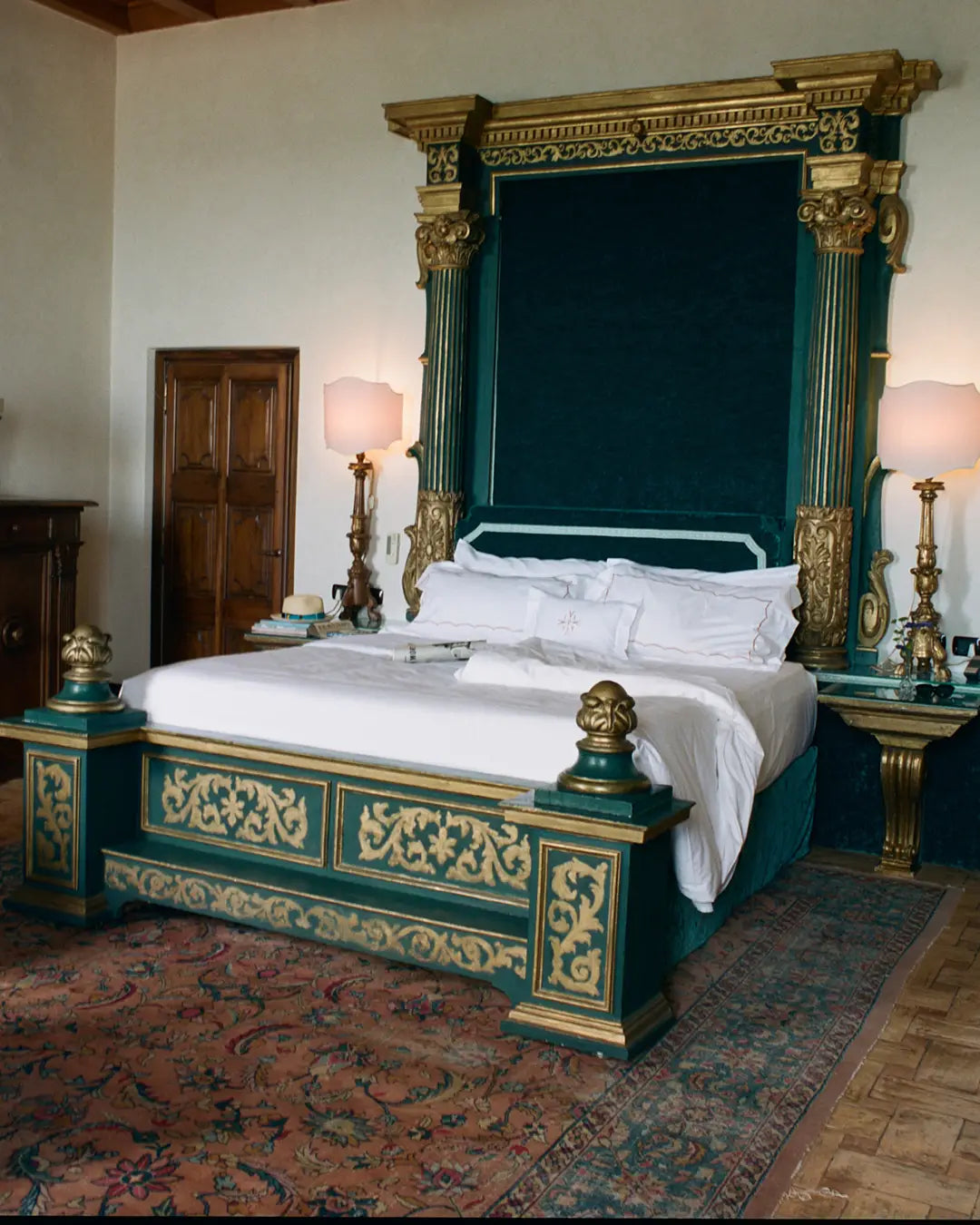
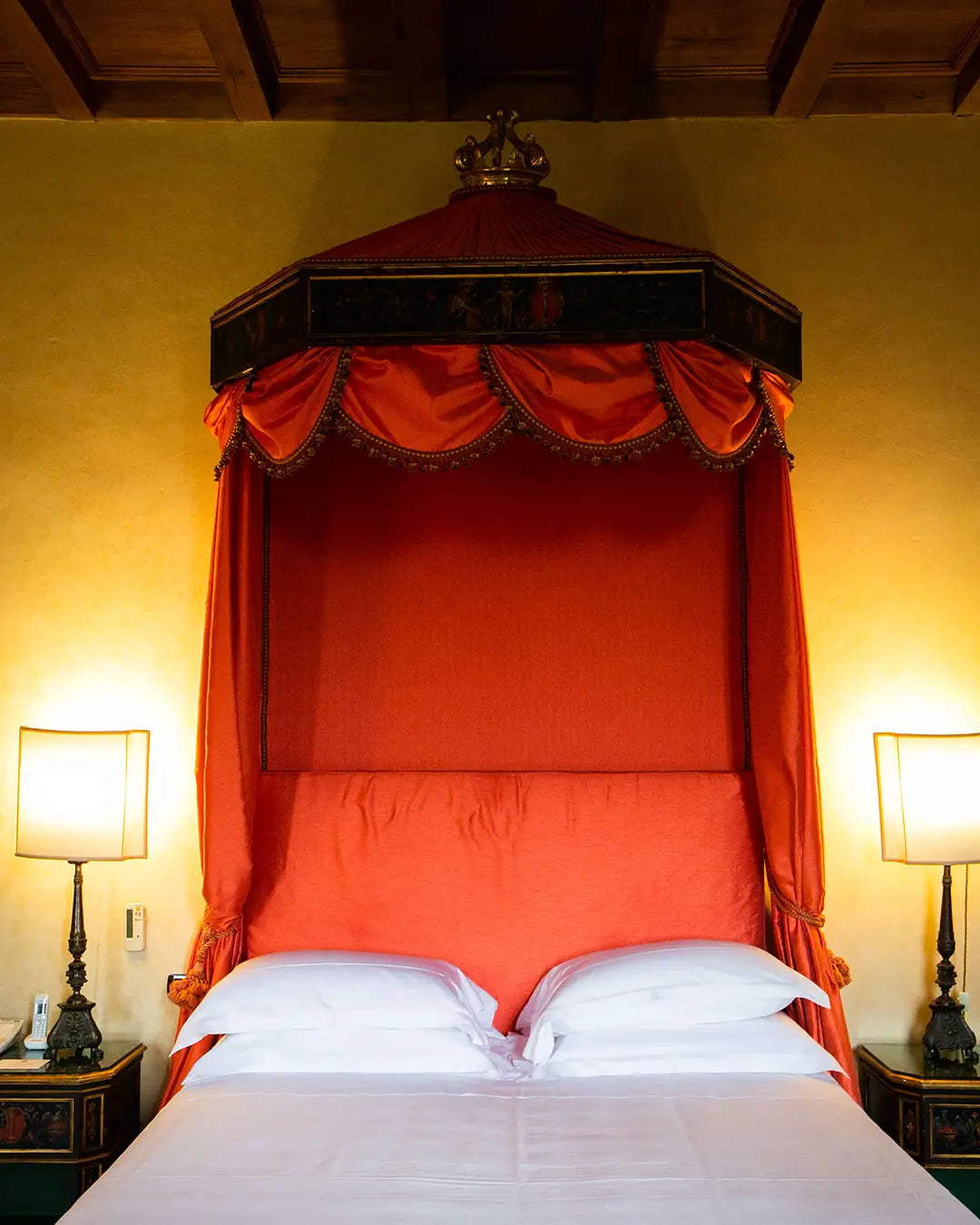
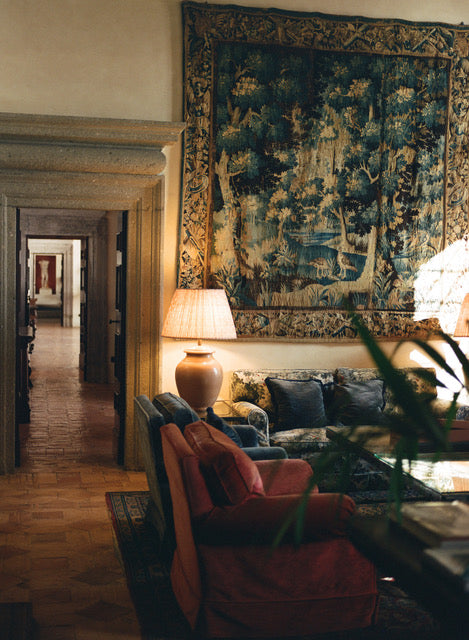
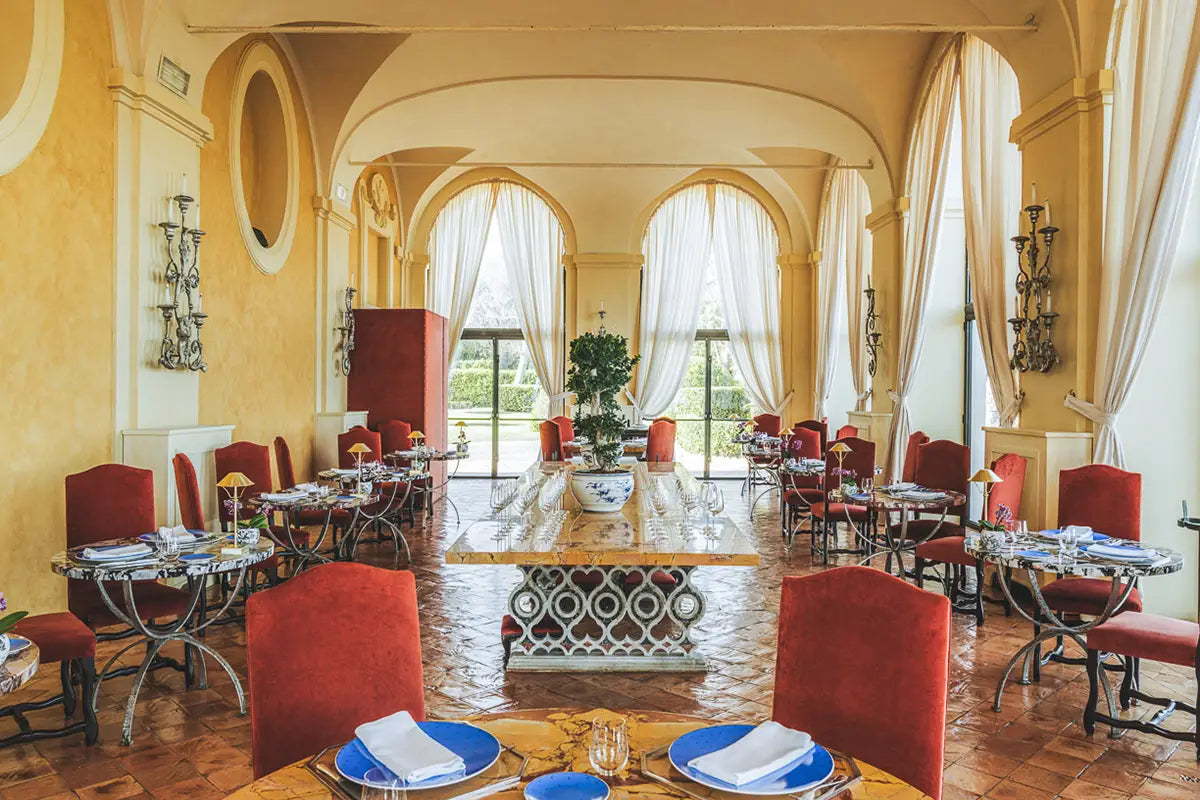
UNCOVERING ITALY’S SUPERLATIVES IN PEOPLE, PLACES AND THINGS
UNCOVERING ITALY’S SUPERLATIVES IN PEOPLE, PLACES AND THINGS
Your Cart is Empty
October 02, 2025
La Posta Vecchia is a house of stories. Perched on the Tyrrhenian coast at Palo Laziale, just north of Rome, the villa has worn many guises: a Roman seaside estate, a Renaissance noble residence, and later the seaside retreat of oil magnate J. Paul Getty. Today, it is both one of the Pellicano Group beloved hotels and a living museum – a place where history never feels locked behind glass, but moves with you from room to room.


The most obvious evidence of this history is in the on-site museum. Beneath the villa lie the remains of a Roman domus, unearthed during Getty’s meticulous restoration in the 1960s. Mosaics, columns, and foundations are preserved in situ, giving guests a glimpse of the seaside villa life enjoyed nearly two thousand years ago. Alongside them, vitrines hold amphorae once brimming with olive oil, fish sauce, or wine, their clay bodies still marked by centuries of sea trade. Nearby, marble fragments sourced from as far afield as Greece, Egypt, and North Africa recall Rome’s far-reaching empire, when exotic stones like porphyry and cipollino signaled status and power.
But here’s the thing: the treasures of La Posta Vecchia aren’t confined to a basement museum. They’re everywhere – scattered across rooms, salons, and suites, hiding in plain sight.

In the Ingresso, a pair of marble busts – one genuinely Roman, the other a later homage – flank the doorway like time-traveling sentinels. Step into the Park Room, and you’ll find a Madonna della Seggiola reminiscent of Raphael, framed in gilded wood, keeping company with 17th-century Flemish tapestries. In the Sala Camino, monumental Neapolitan mirrors stretch almost three meters high, catching the light and magnifying the drama of the space.



The Medici Suite is anchored by a 16th-century bed reassembled with giltwood finials and rich velvet – a place where even dreaming feels aristocratic.

The Colonna Suite, named for the powerful Roman family, gleams with painted wood crests and carved details that blur the line between decoration and storytelling.

Some treasures carry a wink of surprise. A tapestry featuring pheasants and parrots in a woodland scene – woven in Audenarde in the late 1600s – brightens Getty’s former study; an enormous cassone painted with Judith and Holofernes waits upstairs, its panels alive with biblical dramacassoni (marriage chests) painted with biblical scenes, inlaid marble tables, and carved sacristy cabinets now put to use in modern life.
Even the tables in the restaurant Da Aurelio have stories: their marble tops in yellow, green, and rose once formed part of grand ecclesiastical furnishings. To sit at one is to dine, quite literally, on history.

It’s easy to forget, walking through the villa, that this was once Getty’s private home, and that he lived here as one might live in a Renaissance palazzo, surrounded by antiquities and masterpieces but using them in daily life. That same spirit persists today.
Which is all to say: To stay here is to blur the boundary between museum and home, between past and present. And like the amphorae still lined up in the museum below, La Posta Vecchia continues to hold and preserve something essential: the joy of discovering beauty where you least expect it.